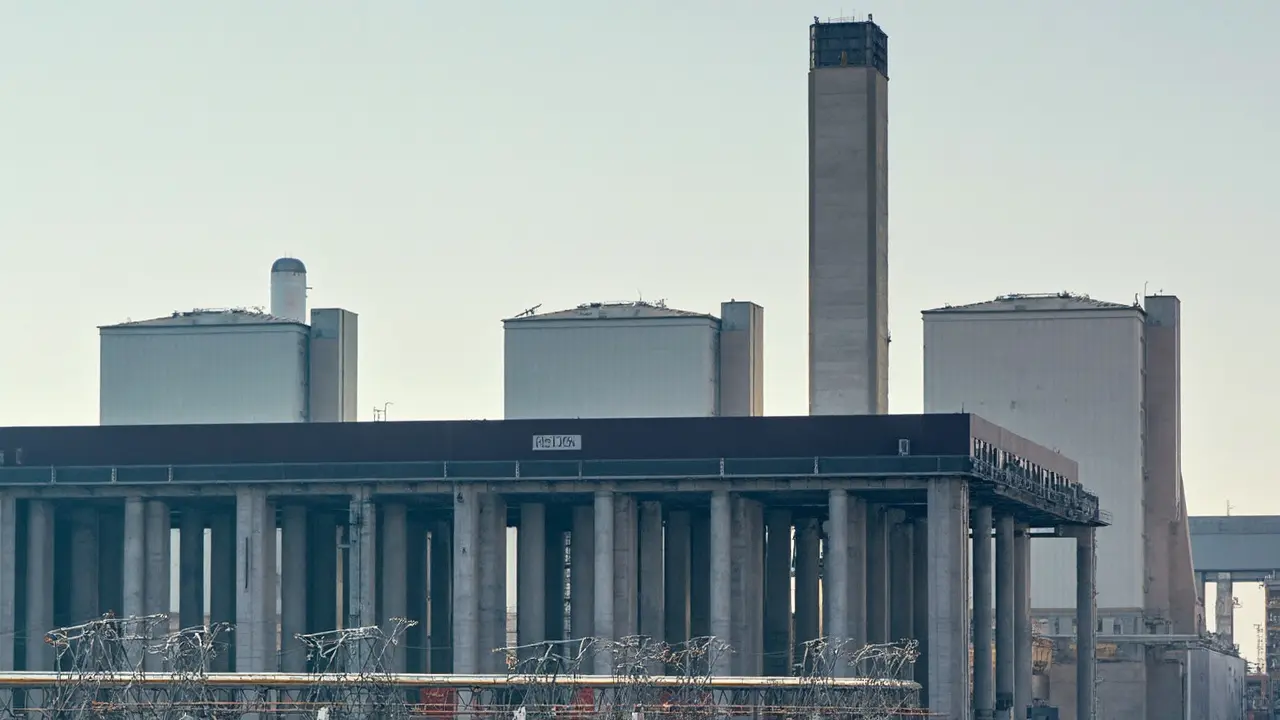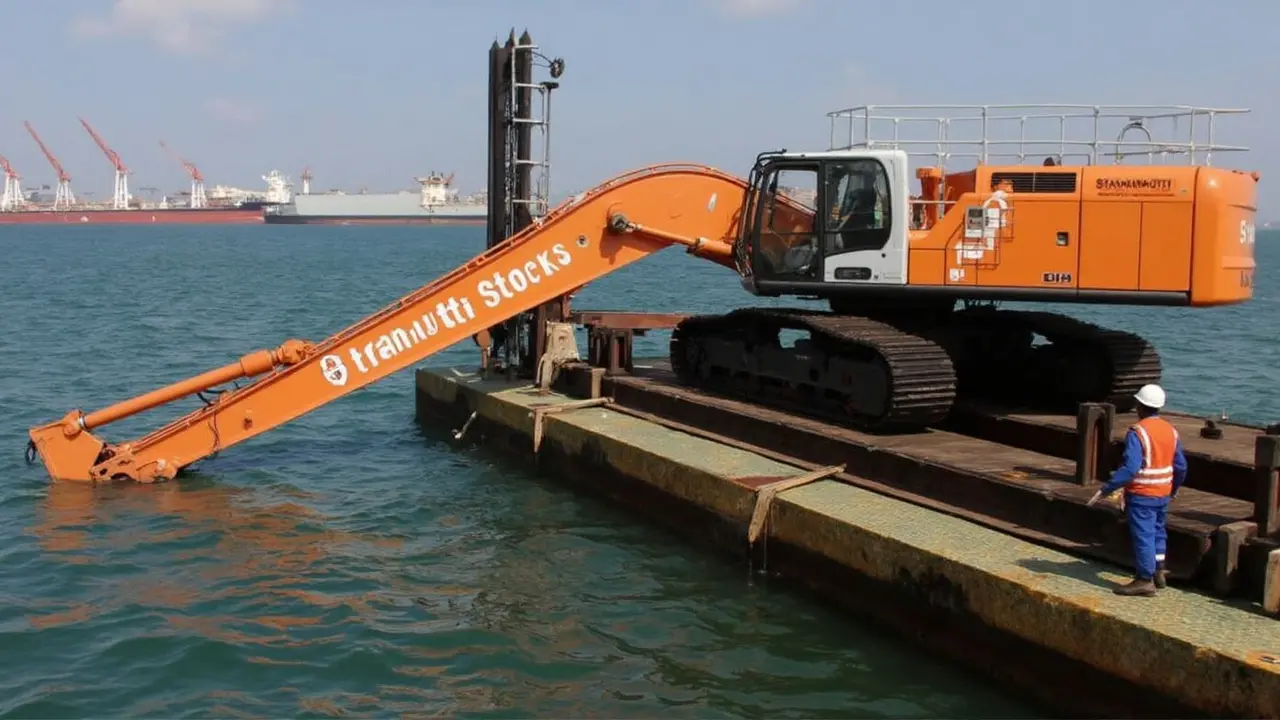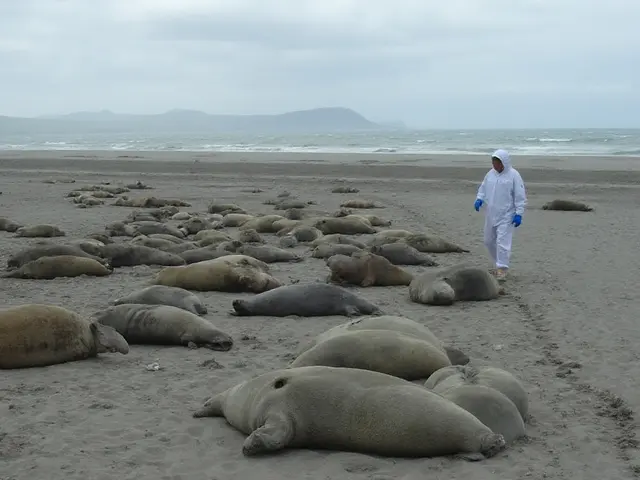Port of Durban Gets Heavy-Duty Marine Protection
Few people think about what happens below the surface at a bustling port, but for the teams at Stefanutti Stocks, that's exactly where the action was—right under everyone’s feet (and hulls). In late 2023, their Coastal Region crews were in full swing at the Durban Cruise Terminal, carrying out major scour protection works commissioned by the Transnet National Ports Authority. The project was all about stopping erosion beneath the terminal caused by powerful ship propellers, especially as larger vessels like the MSC Splendida started calling Durban home.
Erosion at berths is a real threat—propeller wash kicks up sediment, creating voids beneath the quay wall and weak spots where heavy ships dock. That’s where scour protection comes in. The idea was to make sure that as cruise liners swing in with thousands of guests, the terminal's underwater structure stands firm, crisis-free. Not only is this about keeping the port safe, but it’s also about keeping things running—no one wants a cruise season halted by an engineering failure beneath the waves.

Precision Operations Below the Waterline
Stefanutti Stocks didn’t just throw some rocks in and hope for the best. Their approach set a high bar for marine infrastructure upgrades. Work started with a 36-meter barge anchored alongside Berth A and B—big enough to handle serious gear but nimble in tight dock spaces. The star of the operation was an 80-ton Long Reach Excavator fitted with a GPS-guided digging system. This tech let operators work with pinpoint accuracy, placing materials exactly where designers wanted, even when visibility underwater was basically zero.
The process started with crews carefully laying down a double layer of A10 geotextile fabric across the seabed. This stuff acts like a tough, flexible underlay, making sure the next layer—the 1,000mm thick armor rock—doesn’t sink or shift over time. The armor rock itself is the muscle: heavy-duty stones that can shrug off the relentless force from churning propellers and incoming tides.
But that wasn’t all. Under the quay wall, there were already voids forming—empty pockets where water and sand had been forced out by years of vessel berthing activity. Filling these gaps was a delicate job. Instead of draining the area, workers used subsea concrete pumping systems to inject 250 cubic meters of concrete directly into the voids, hardening into a solid, stable base that restored the integrity of the entire wall above.
- Double-layer geotextile fabric creates a foundation for rock
- 1,000mm armor rock deflects and absorbs propeller wash
- High-precision GPS-guided excavator ensures every placement counts
- Concrete fills strengthen weak spots beneath the quay
The real kicker? This all happened on a tight deadline. The clock was ticking to get the terminal ready for the 2023 cruise season. Crews split into two teams, working 12-hour shifts from Monday to Friday, and still found themselves pulling extra shifts on Saturdays to stay ahead. The pressure paid off. By November 22, 2023—just in time for thousands of passengers to board the MSC Splendida—the upgrades were complete. Cruise fans had no idea of the heavy-duty engineering keeping their ship securely alongside, but the Stefanutti Stocks crew could finally breathe easy, knowing Durban’s terminal was set for whatever the coming season (and the ocean) might throw at it.










